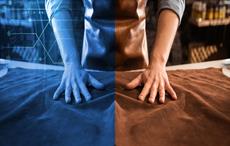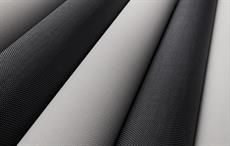
Several product segments benefit from this - for example, load-bearing tubs and troughs, battery covers, and underride guards, as well as a variety of structural components. Engineering plastics serve as the basis for lightweight solutions. Röchling’s high-performance plastics are combined with other materials as required. Multi-material design produces components that are superior to classic solutions, Rochling said in a media statement.
In addition, Röchling automotive is conducting intensive research on further increasing strength and stiffness through continuous fibre reinforcement. In so-called tape technology, additional reinforcing elements are inserted into the components along the load paths. These ‘tapes’ consist of extremely thin, very long glass or carbon fibres embedded in a plastic matrix. The associated local reinforcement ensures optimum use of the material. The material can be subjected to high mechanical stresses. At the same time, the cost of tape technology is comparatively low.
“In lightweight structural design, plastics are the basis for tailor-made modification of material properties. This opens up numerous possible applications. The lower weight and the possibility of integration offer a welcome opportunity to reduce costs. Through functional integrations, we reduce the quantity of individual parts. We can directly integrate and install lamps, sensors and active grille shutters at factory. This makes handling easier and minimises production costs,” Peter Dill, director product portfolio global said in a media statement
“We have already shown in various projects what is possible with lightweight design today and the importance of structural light-weighting will continue to grow. By expanding our expertise in this area, we are focusing on a technology of the future,” Tobias Eisele, vice president sales and marketing in the company said.
Fibre2Fashion News Desk (GK)

